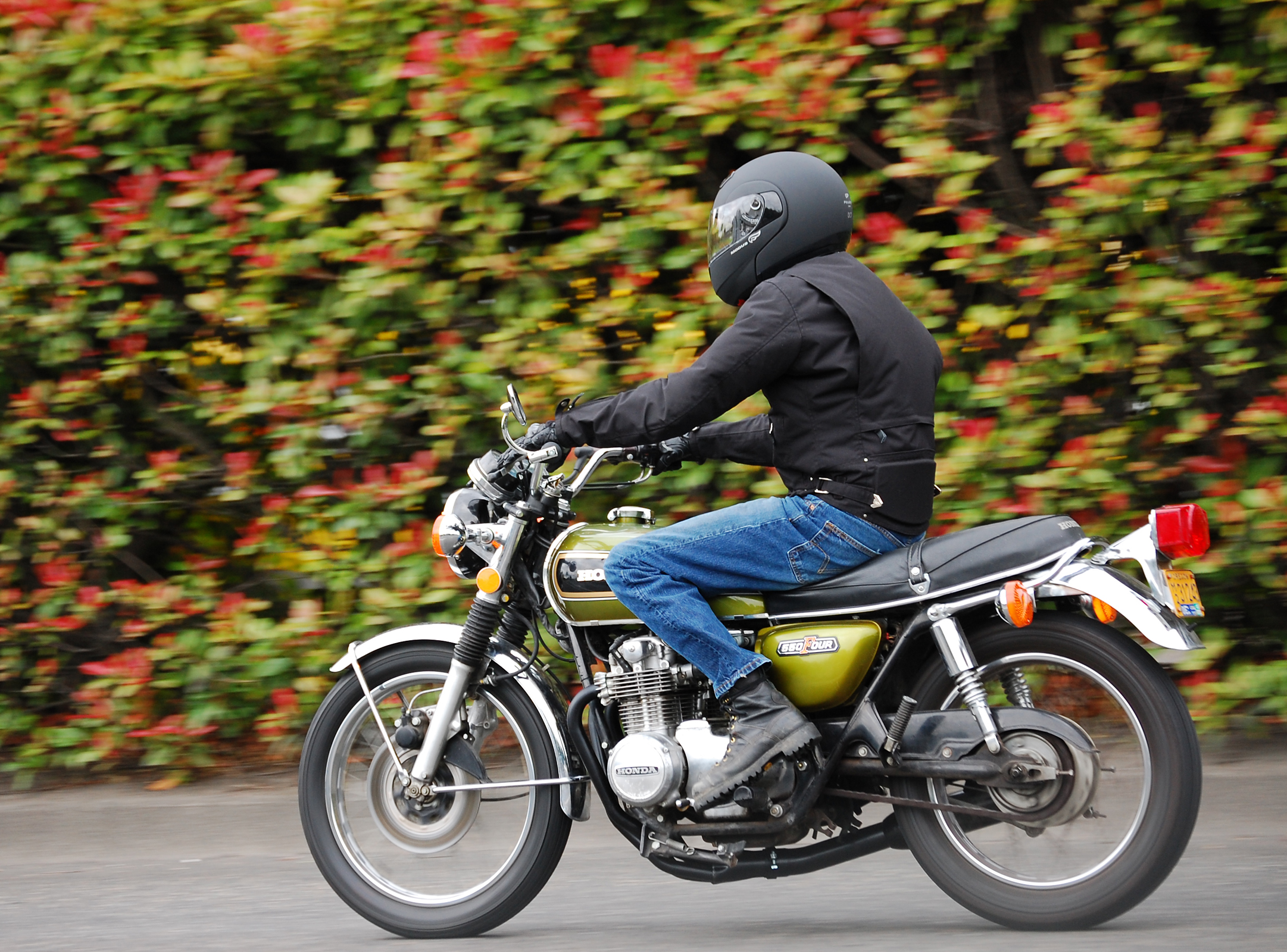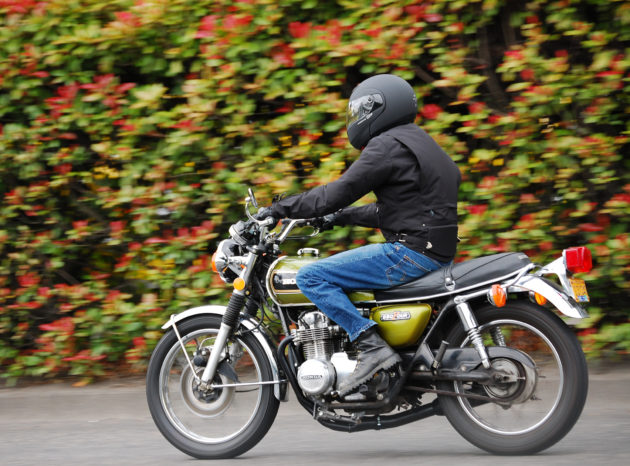 How often have you been riding down the road in the summer months wearing a full-face cruiser motorcycle helmets and wished you had some more ventilation? Have you been pushed to search for Harley half helmets or reconsider riding on days above a certain temp? Well, you may no longer have to choose between full-face protection and a cool head. Now, there are helmets with air-conditioning built-in, but are they worth the money, and should you buy one. This article aims to help you come to an educated decision on whether you really need climate control for your head.
How often have you been riding down the road in the summer months wearing a full-face cruiser motorcycle helmets and wished you had some more ventilation? Have you been pushed to search for Harley half helmets or reconsider riding on days above a certain temp? Well, you may no longer have to choose between full-face protection and a cool head. Now, there are helmets with air-conditioning built-in, but are they worth the money, and should you buy one. This article aims to help you come to an educated decision on whether you really need climate control for your head.
Table of Contents
Consider Climate
The first thing to consider before purchasing a helmet with air conditioning is the climate in your region and when you ride. For example, if you live in a moderate climate or a cool-weather climate, then you may not get enough use out of an air-conditioned helmet to warrant the initial price tag. If you live in the northern US, then the temperatures are typically only warm enough to merit such a purchase for about two to three months per year. However, if you live in more tropical regions, then you may find more use from personal air conditioning.
Think About Riding Style
Next, when considering the best protective gear for street bikes or other motorcycles, you have to think about riding style, and that doesn’t change when considering air-conditioned helmets. For example, an air-conditioned helmet might work for some adventure riding because you need full head coverage, and most adventure riding takes place in warmer months. However, if you are interested in dirt bike racing and riding, then these helmets likely won’t work. While dirt bike riders usually wear full helmets, the face shield is typically absent, allowing for separate goggles and improved ventilation.
Know Your Options
There are a couple of full-face helmet options that allow for cooler riding. First, air-conditioned helmets are relatively new and do seem to address a common problem, but are these helmets a case of over-engineering? Second, there are ventilated helmets that have been used for decades in off-roading and dirt bike riding. However, beyond full-face options, you can also purchase half helmets, which protect your head but leave your face exposed. Not every style of riding requires full-face protection; although, full-face protection is a good idea.
Consider Alternatives
When deciding on a helmet, it is beneficial to consider all of your options and how those choices affect other elements of riding and safety. For example, weight is a big concern for most riders, especially when they prefer longer treks. Air-conditioned helmets are heavier than traditional helmets. Also, consider the size and protective benefit. While new A/C helmets are likely designed with safety standards in mind, you must consider any changes to the traditional structure and the integrity of the design.
While no one can tell you how to spend your money and whether an air-conditioned helmet is right for you, it is necessary to consider all of your options. Therefore, consider your riding style, climate and other options before making a new helmet purchase. Also, contact an informed retailer to discuss the benefits of such a helmet.
